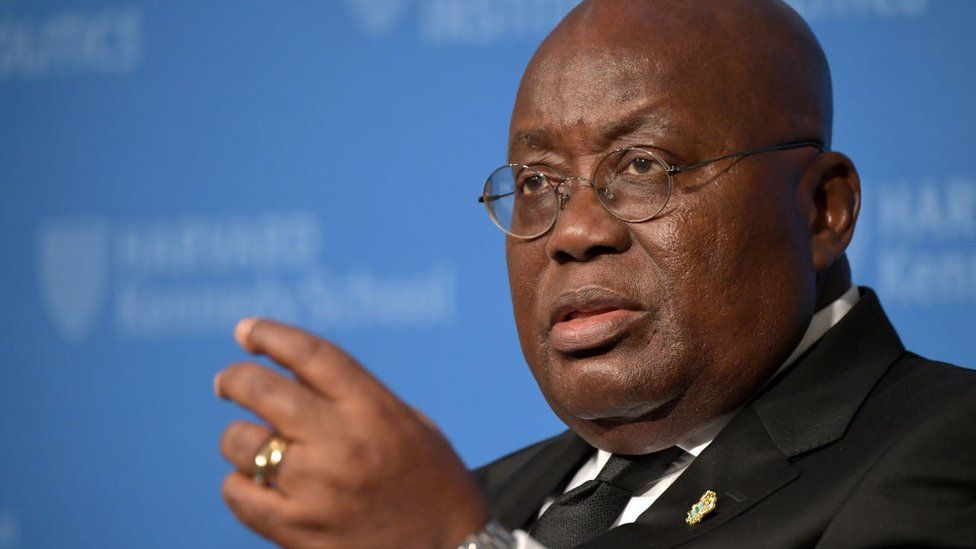A business consortium, made up of a foreign investor and a local partner, has committed to roll out a $10 million lithium drilling programme before the end of the year.
This follows the ramping up of exploratory activities by the mining entity on a 646-square kilometre (KM2) concession on the lithium corridor along Awutu-Bereku and Mankessim in the Central Region.
The consortium, Lithium Resources Ghana Limited (LRGL), is a joint venture of UK-based CAA Mining Limited and local entity Empire Rare Earth and Metal Group Limited.
After signing a Memorandum of Understanding (MoU) with the Minerals Commission in January this year, the joint venture company has invested $2 million in exploratory activities.
They include 8,000 metres of auger drilling, collection of over 6,000 soil samples and over 500 pegmatite rocks: the setting up of laboratories, creation of access routes in the host community and accommodation facilities.
The Chief Executive Officer (CEO) of CAA Mining Limited, Douglas D. Chikohora, who made this known to the Daily Graphic, said the rollout of the programme, which formed part of an integrated strategy of exploration, mining and refining lithium in the country, was subject to the acquisition of a prospecting licence from the Ministry of Lands and Natural Resources.
“We have done a lot of work after signing the Memorandum of Understanding with the government earlier this year.
Our $2 million investment in exploration and other preparatory activities shows that we are committed to invest in the lithium value chain; so as soon as we get the prospecting licence, we will begin to drill,” he said.
Exploration
A visit by the Daily Graphic to one of the LRGL sites in Asaman in the Ekumfi District in the Central Region last Saturday revealed that the exploratory activities were going on in earnest.
Geologists and other workers were seen carrying out their activities to establish the viability of lithium in the area.
At the laboratory, some technical staff were seen analysing and interpreting geological samples from the field, while soil, rock or auger samples were being taken through laboratory processes at the sample preparation section.
A Geographic Information System (GIS) data analyst, Justice Amekudi, explained that because the samples were either dry, wet or super wet, they were taken through a locally made oven at varying temperatures to take out the moisture.
“The samples are transferred into the oven according to how wet they are.
When it is super wet, it is put at the bottom, medium wet in the middle and light wet at the top.
It is then fired for 40 to 45 minutes and allowed to cool to detect if it should be crushed in the jaw crusher,” he explained.
At the hydraulic press room, some workers were seen creating pellets (capsule-like matter) out of samples that had been processed at the sample selection section.
Adjacent the hydraulic press room was the laboratory where pellets were taken for analysis.
Mr Amekudi said the laboratory activities were focused on establishing whether the low elements, especially lithium that had been identified in the area, were economically viable.
“There are picks that point to the presence of lithium in the areas, but we need to get them in concentration, which we are still working on.
We are still getting our drill target and there are positive notes; so hopefully, we can drill by October,” he said.
Social responsibility
The Account Clerk and Administrator at LRGL, Dominic Apedo, said although the company had been in the concession area for barely eight months, it had undertaken Corporate Social Responsibility (CSR) in most of the communities in the area, including Otuam, Asaman and Abaasa.
At Asaman, for instance, he said an access road had been created, while the 50-kilovolt capacity transformer was also being upgraded to 300KV to benefit the community.
He added that processes were underway to help the Enyan-Abaasa Health Centre with infrastructure and medical equipment.
“Our operations are mostly done in the field where farms are located, so anytime a crop is affected we compensate them.
Crops such as maize, cassava and pineapple have their fixed prices determined by the Ministry of Food and Agriculture, so we calculate and pay accordingly,” he explained.




